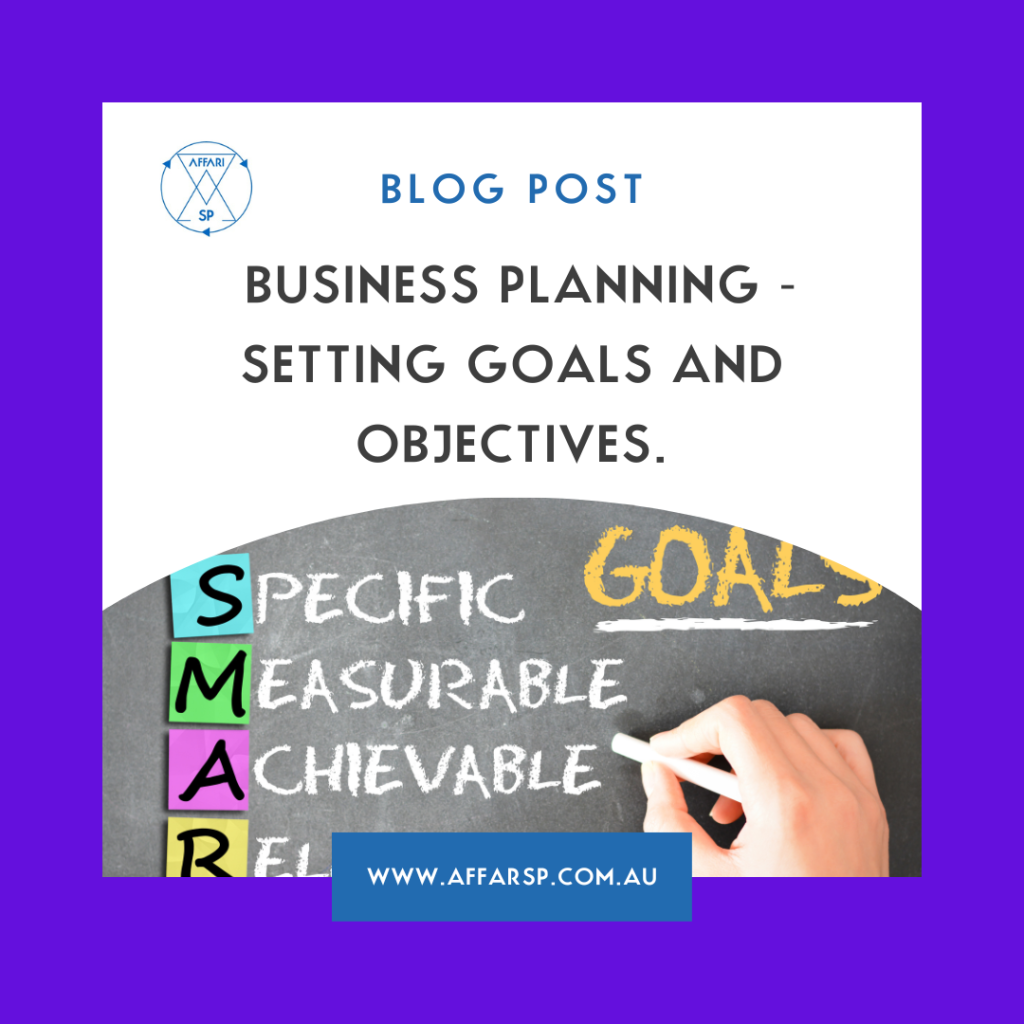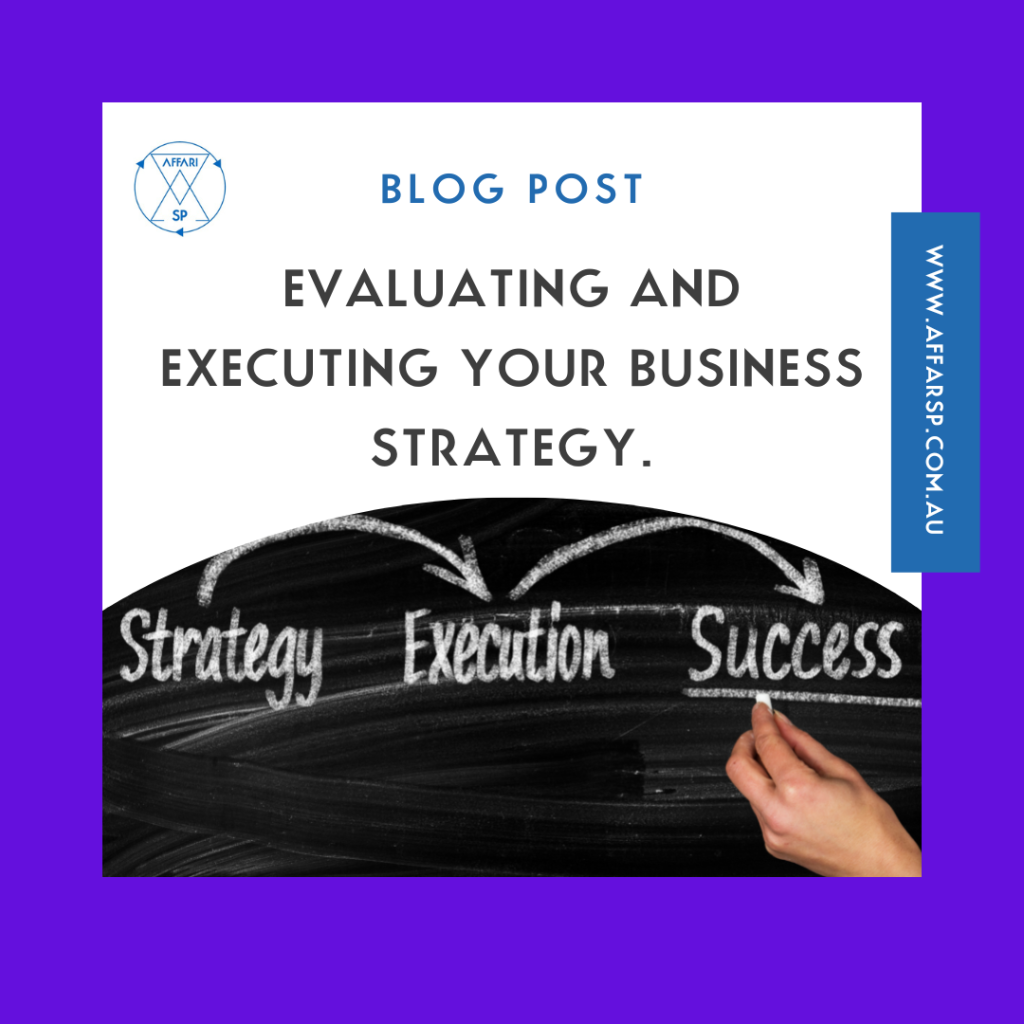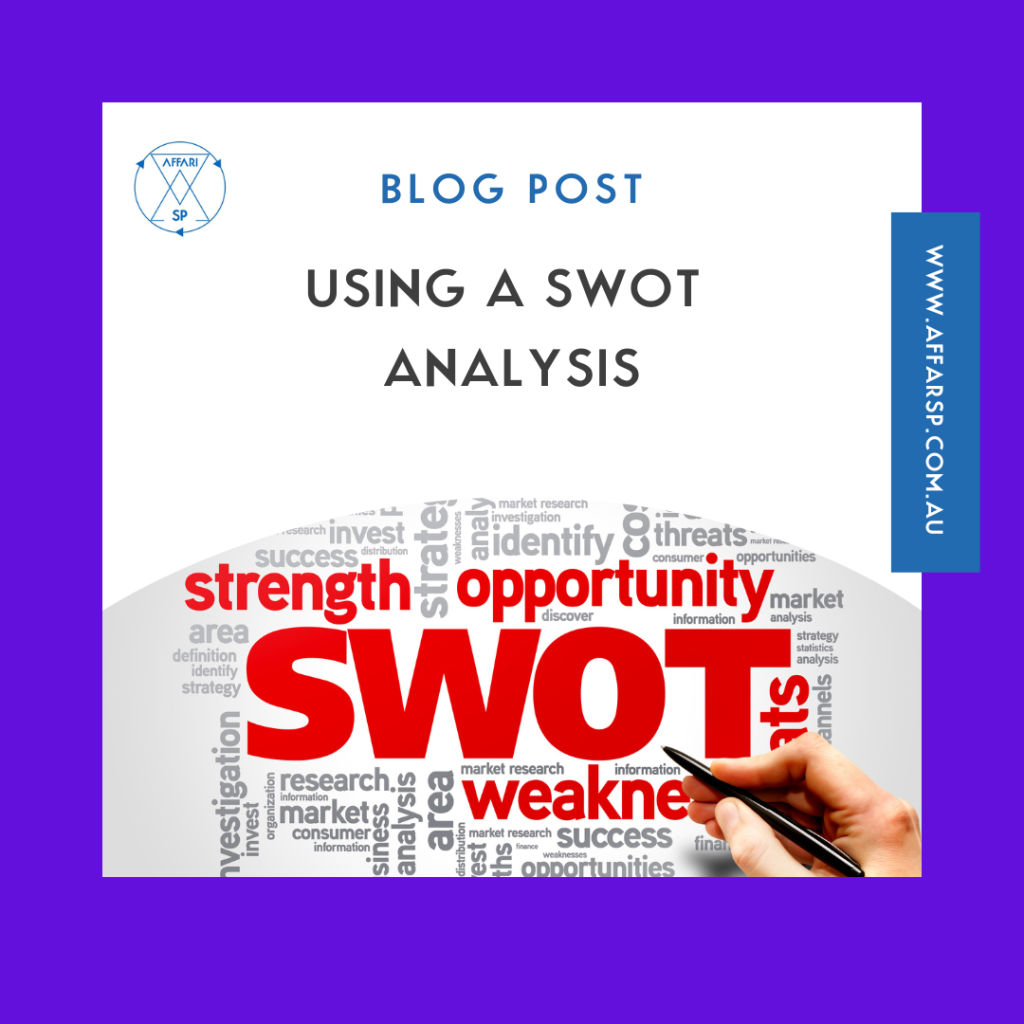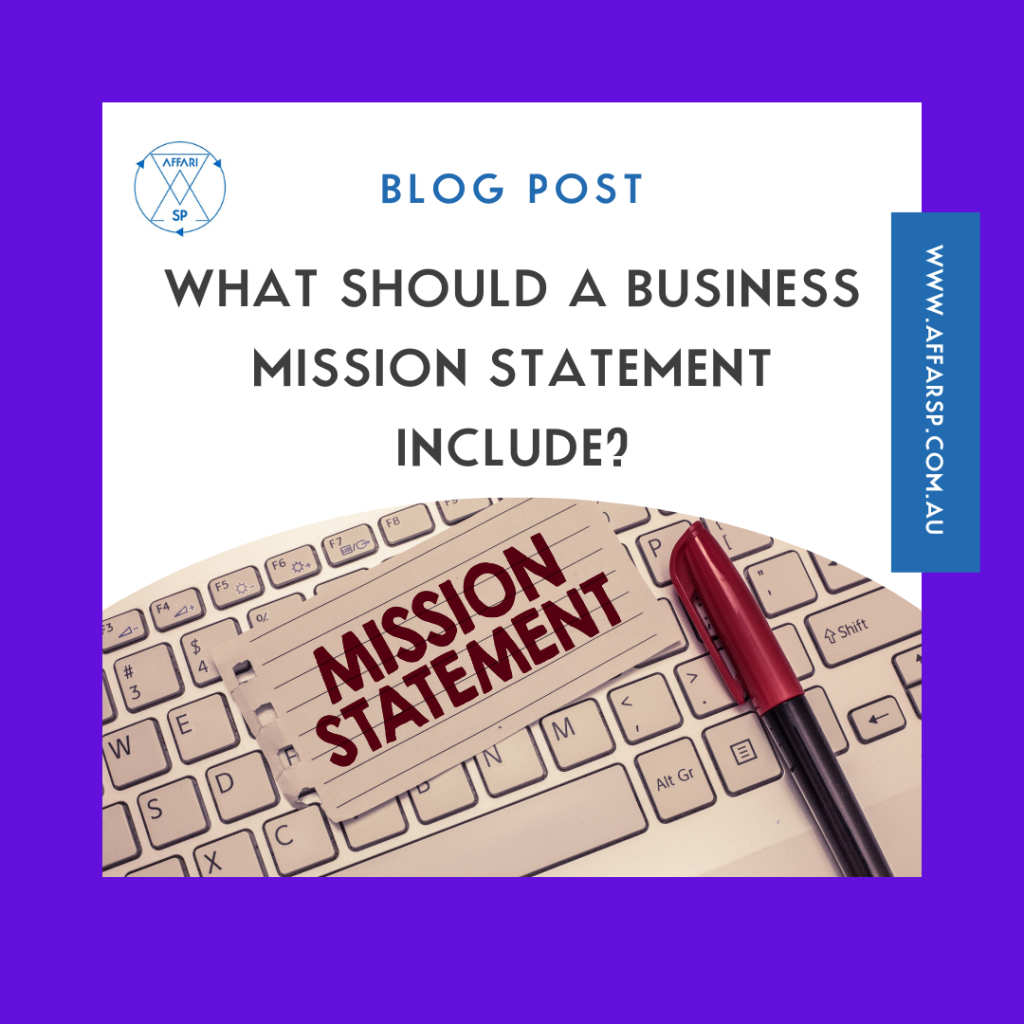Business Planning: Setting Goals and Objectives
Article by: Sara Pantaleo
Goals are the cornerstone of any successful business. They provide a clear focus, motivate employees and set benchmarks for your company’s progress towards achieving success – whether that be financial or cultural or anything else!
Setting SMART Goals
Setting measurable, achievable goals and making them specific will help you focus your efforts. These aspects should be considered when creating a goal to ensure that your goals are practical.
To develop smart goals, they must be:
- Specific. Successful people know that a goal without specificity is nearly impossible to achieve. Be specific about what you want, and it’s much easier for success!
- Measurable. Measuring your progress is essential for staying on track and achieving success. There are many different ways to measure success, including data-based measures such as money saved or the number of customers served; it can also depend upon feedback from potential clients/customer surveys etc. Measurables should always be something that will reflect how much work was done in return
- Attainable. Your goal should be challenging but reachable. Make sure you have the time and money needed to achieve it before starting.
- Relevant. The goal must be worth achieving if you want your business to grow and thrive. A good way of ensuring this would be by making sure whatever outcome or result you’re looking for has relevance in our current direction – such as increasing profits if they are low at present, employing more staff who can help with increased production rates etc.
- Time-bound. The target date is like a deadline for your goal. If you don’t have one, it’s easy for the goal to be pushed aside when in the business’s day-to-day operations.

Examples of SMART Goals and Objectives
Here are a few examples:
- I will increase sales for my retail business within two months by 15% by increasing my local newspaper advertising spending. This will allow me to increase my sales.
- I will obtain two new clients for my accounting services by the end of the month by attending a local upcoming networking event on the first Friday of this month. This will allow me to grow my business by two customers and, in turn, my revenue.

Achieving your Goals and Objectives
It’s time for you to get serious about reaching those goals! Here are some things that will help plan out how:
- Resources. Ensure you are across all the resources required to achieve a goal to ensure it is realistic.
- Time. Ensure you have allowed enough time alongside your typical day-to-day activities to achieve your goal.
- Action. Ensure you specify precisely what you need to do to achieve your goal.
Business Planning: Setting Goals and Objectives Read More »


























